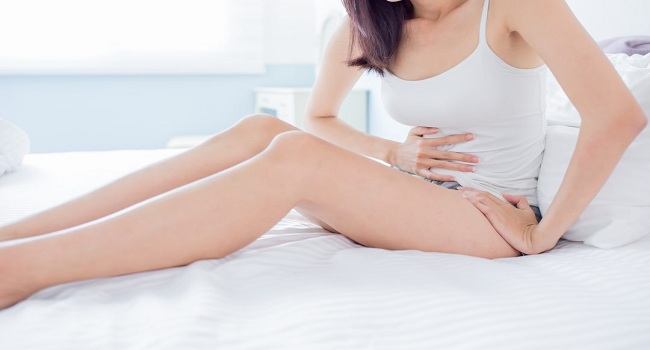MENSTRUAL PAIN IN ADOLESCENCE
The pain caused by menstruation is very common in adolescence and in adult life. Therefore it is one of the main reasons for consultation. But how can we know if we are facing dysmenorrhea? Do you suffer the same menstrual pain during the entire adolescent stage? What medications and home remedies can we drink?
When is menstrual pain dysmenorrhea?
Menstrual pain occurs at different intensities: «Some women never suffer from it and others vary, increasing or decreasing throughout their lives or after pregnancy», this type of pain affects more than 25 percent of women.
A term used to talk about the type of menstrual pain is that of dysmenorrhea, which “is caused by an abnormal increase in uterine activity. This growth is caused by an increase in the uterine production of prostaglandins, coinciding with the drop in ovarian hormone levels at the time of menstruation and contractions of the uterine muscle walls, which facilitate the desquamation of the endometrium”.

Primary and Secondary Dysmenorrhea
The types of dysmenorrhea that we can suffer from are:
Primary Dysmenorrhea
It often begins in the months after the first menstruation, «when ovulation gradually begins to regularize.» The age range in which this type of dysmenorrhea occurs is from 12 to 18 years: “The prevalence at 12 years is 39 percent, increasing its frequency between 14 and 16 years and reaching the maximum incidence between the 17 and 18 years”.
The pain «is spasmodic, more intense in the lower part of the belly, and can radiate back and thighs.»
This begins in the previous hours and reaches its peak on the first day of the period. «The symptoms can last from a few hours to two or three days, and in more than half of the cases, it is accompanied by other symptoms: nausea or vomiting, asthenia, diarrhea, dizziness, headache «.
Secondary Dysmenorrhea
It takes place between the ages of 18 and 20 and is characterized for the pain which is «more continuous, persistent and intense, increasing during the menstrual period», the main causes of this kind of dysmenorrhea are: endometriosis, pelvic inflammatory disease, adenomyosis, some gynecological tumors, pelvic congestion and genital malformations.
Medications to combat menstrual pain in adolescence
It is recommended to take two medications to relieve pain:
• Anti-inflammatories: this class of medications, which constitute “the initial treatment of choice”, they are taken in the first two-three days of menstruation. It is recommended that «to assess its effectiveness, it is necessary to keep the treatments for five or six months, and even switch from one compound to another until the most effective for each woman.»
• Hormonal treatment (anovulatory): this type of medication should be chosen if the anti-inflammatory does not improve dysmenorrhea, if it is associated with heavy hemorrhages and if the adolescent wants to use a contraceptive method. With these drugs «the elimination of pain is achieved in the vast majority of cases.
Home remedies to relieve pain
It is recommended to use these traditional remedies to reduce menstrual pain:
• Regular exercise and a good resting.
• Avoid toxic habits such as tobacco.
• Put on our abdomen/back a thermal or water bag.
• Hot shower
• Take infusions of chamomile, cinnamon or ginger, for its possible anti-inflammatory and antispasmodic properties.
• Essential oils.
• Vitamin D and Magnesium Supplements.
¿When is it necessary to see a Doctor?
«When the therapeutic measures explained above do not resolve the painful conditions and if the changes are abrupt or unexpected in high intensity.«



